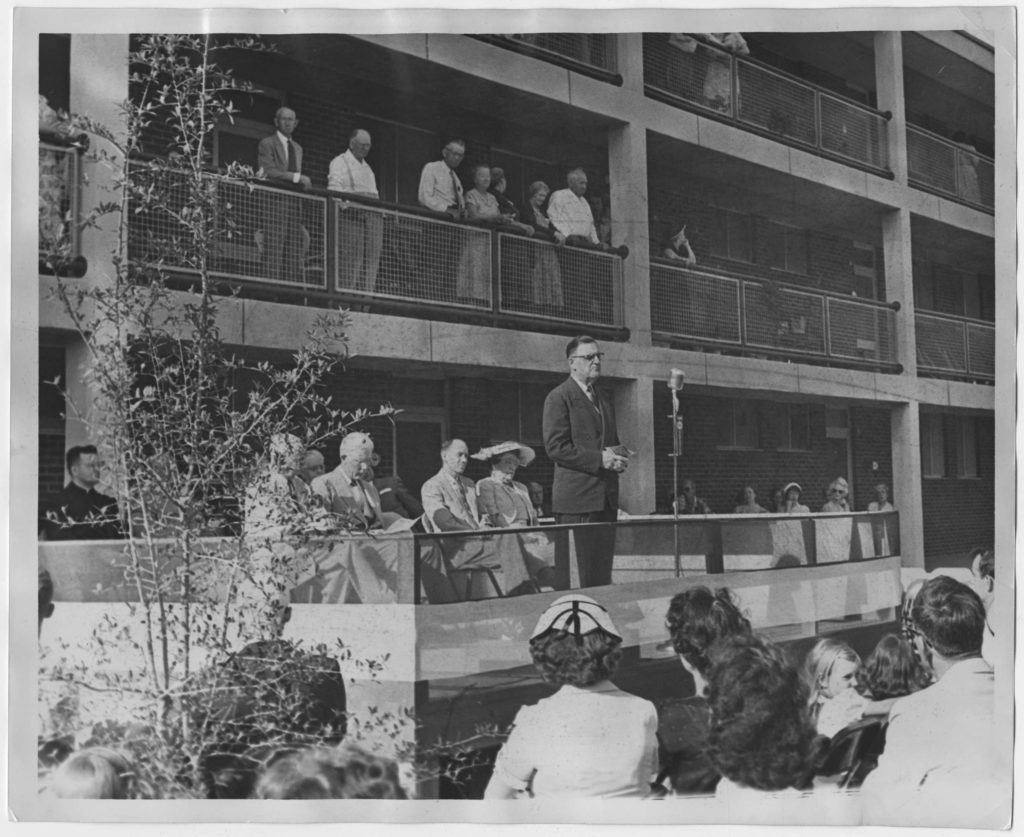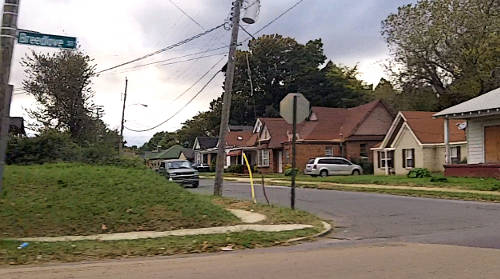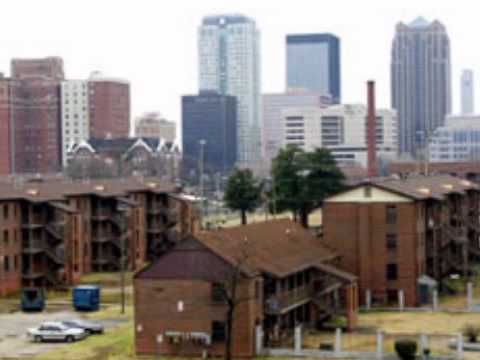Living in stable housing, having food to eat and medical care are basic human rights. Prior to the Medicare and Medicaid program of 1965, these basic needs were not met for black and poor people. Many white people thought it was black and poor peoples’ fault that we couldn’t rise above poverty. It’s not that we couldn’t, we didn’t have the same opportunities. We were invisible faces separated by unjust laws and people who believed in racist ideologies. Racist beliefs supported by like- minded people allowed politicians to continue to deprive black people and other people living in poverty of essential needs. These beliefs prevented the ability of many non-whites and poor people to succeed. I lived in poverty but because of MaDear and Dad’s guidance, positive educators who became mentors, and other positive influences, I didn’t embrace the culture of poverty.

After living in the city for a year, we moved to Hurt Village, the beautiful apartment complex I had seen while riding the bus to and from Millington. They were really townhomes located about a mile from our previous house and still within walking distance of downtown Memphis. They were located north of St. Joseph Hospital, where Dr. King died, and St. Jude Children’s Research Hospital that was founded by actor and philanthropist, Danny Thomas. He was the son of immigrants from Lebanon and named the hospital in honor of the patron saint of hopeless causes. The exterior of the townhouse apartments we lived in were brick on the lower level and paneled on the upper level. There were all brick multi-level units toward the front of the complex. When you are poor, you see and appreciate things others may not. I was amazed that there was a thermostat to control the temperature. We were warm in the winters and cool in the summers.
There were three bedrooms and a bathroom upstairs and a living room and kitchen downstairs. Rom and I had our own rooms. We had food, stable housing, warmth from the cold winters and cool relief from the sweltering summers. These basic needs provided a sense of security. The complex was part of Memphis Housing Authority and was called “The Projects” for short. It was one of three housing projects located near downtown Memphis. Hurt Village was built in the 1950’s to attract more white people to the area. Initially, black people were not allowed to live there. In the middle to late 1960’s, black people start moving in. The landscape was changing around downtown Memphis and was more racially diverse. As part of white flight, the white occupants fled the apartments to live in the suburbs.
People in the projects were not looking for a handout but a hand up! Many people worked menial jobs until better opportunities came along. Like many other families, we took pride in our townhome. Living in the projects was temporary. We were thankful for stability and were a good steward over the property. We were surrounded by many like- minded neighbors with a goal and strategy to eventually move out. Until then, we went about our way, living our life to the fullest. We knew it was not where we lived but how we lived.

I lived in this housing project for three years. The majority of my classmates and I were economically challenged yet we challenged ourselves to rise above our circumstances. To do this, we couldn’t have the same ideologies that impoverished people. We had to be tolerant, value people, respect their decisions and change our mindsets. Someone gave all of us a hand up and we had to learn how to do the same for others. This was the beginning of our own social awareness.
Read more in my memoir. It’s available for purchase in the book section of this blog.

Our limits were not our limitations!
References
Memphis Rap. “Memphis History: 8 Legendary Housing Projects In Memphis, TN.” Wikipedia. Accessed January 3, 2020.
“Danny Thomas.” Wikipedia. Accessed January 3, 2020.
